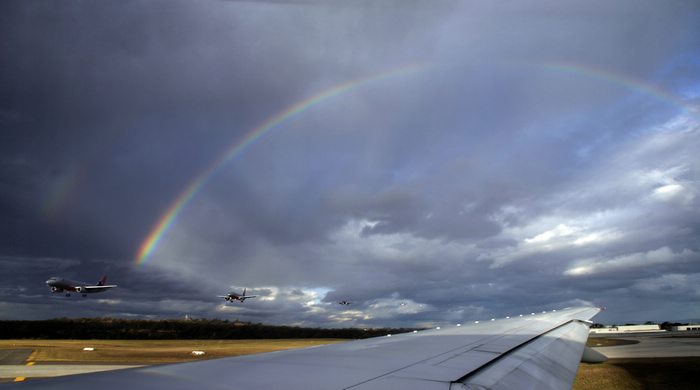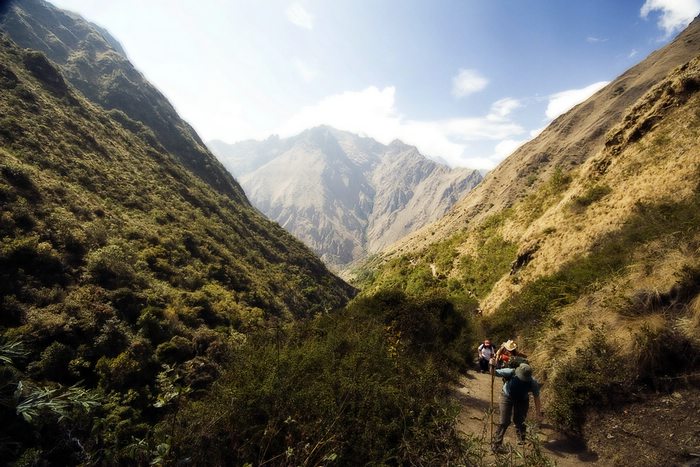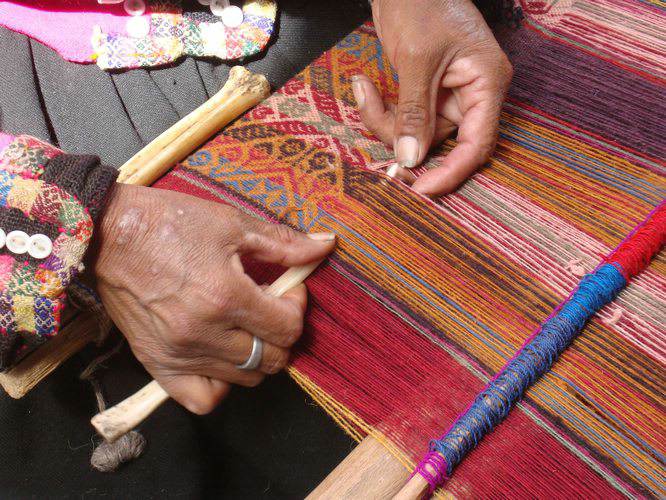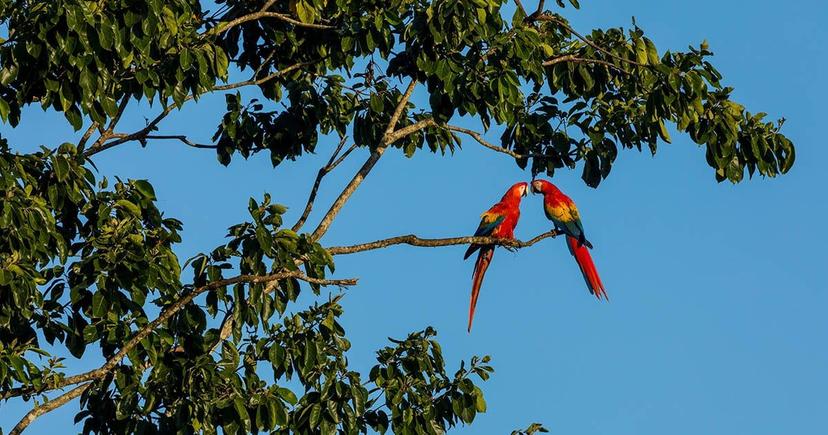
The proposed construction of a new airport located in the Sacred Valley could quadruple the number of travelers visiting Machu Picchu. On one hand this could stimulate the economy in an area of Peru still plagued by poverty. On the other, the concern that an eventual eight million travelers could threaten the preservation of famous ancient Inca ruins.
Currently, visitors to the former Inca civilization must first fly (or bus) to Cusco and then either take a four hour train to Aguas Calientes, the town nearest to the ruins, or trek the Inca Trail. Two million passengers fly into the Cusco airport annually. The new one, which crews would be constructed in the town of Chinchero, could handle as many as five million people by 2020, its projected opening date. In later years, upwards of eight million passengers would land on the runway each year.
“The airport would create a catalyst to bring in extra tourist dollars,” explained Fabricio Ortiz, the president of the Association of Tourist Guides in Machu Picchu (Asociación de Guías Profesionales en Turismo, Residentes de Machu Picchu). “Both the construction and completion phases of the airport itself would spawn job creation. The eight million travelers would need somewhere to sleep, eat and shop, and locals could fill that need, as well as their own financial needs, by working in the hotels, restaurants and stores that crop up.”
 The new airport could accommodate up to eight million travelers annually.
The new airport could accommodate up to eight million travelers annually.
Photo by Nive Singer / Flickr
But Ortiz, who also works as Peru for Less‘ resident Machu Picchu expert and guide, also pointed out that while the development would quadruple the flow of finances through the Sacred Valley, he said it would also quadruple the number of people using the area’s resources, as well as the volume of pollutants pumped into the air and the foot traffic trekking through and on top of precious ruins. At risk is the delicate ecosystem as well as the locals who rely on it for their livelihoods.
Machu Picchu Tours:
 Upwards and onward to Machu Picchu.
Upwards and onward to Machu Picchu.
Photo by H20 Alchemist / Flickr
While the concerns surrounding a touristic boom are very real, Ortiz said a travelers’ impact on Machu Picchu’s ruin, ecosystem and people doesn’t have to be a negative one.
In Peru, tourism is a major economic driver. It not only creates jobs within the industry itself, but also within other industries through the “multiplier effect.” When hospitality workers, tour guides and travel agents earn money, they spend it in their local communities, which ends up creating more jobs, often times small-scale enterprises which benefit small or rural communities. And visits to hotels, airports and restaurants generate tax dollars which usually go back into the community via roads, schools and housing.
The economic benefits often spill over into social benefits. The money generated by tourism can improve an area’s access to clean drinking water, sanitation and medical care. In the Andes, tourism preserves the highland culture as locals feel not only encouraged but also proud to keep traditional cuisine, celebrations and handicrafts a part of everyday life. Additionally, tourism allows for an exchange between natives and foreigners that creates a better cultural understanding and raises awareness to societal issues like human rights and poverty.
 Handmade textiles are woven into Andean culture.
Handmade textiles are woven into Andean culture.
Photo by BTS Adventurers
Finally, while the tourism industry can pose a threat to the environment via the construction of hotels, restaurants, roads and airports like the one in the Sacred Valley, it can also work to protect Mother Earth. One example is tourism to the Manu Biosphere Reserve on the edge of the Amazon where travelers can witness first hand the importance of protecting the plants and animals that inhabit it. On top of that, ecotourism creates jobs so locals have a means of income that goes beyond the detrimental activities that have plagued the jungle for decades like deforestation, illegal mining, poaching and over-fishing.
“Everything we do, no matter how big or small, makes an impact,” noted Ortiz. “While we have no control over the airport being built, we do have control over our day-to-day actions. When it comes to travel, it is each of our responsibilities to make sure the impact we are making is a positive one.”
LEARN MORE about this region of Peru. Browse our complete Cusco Travel Guide online! It’s free and filled with helpful, up-to-date information.
Trip itineraries and different travel preferences are important variables to consider when figuring out your trip. Let our team of experts at Peru for Less help you! Talk to a travel advisor today.



Email: [email protected]
Sign up to receive our newsletter for great articles, stunning photos, and special deals.